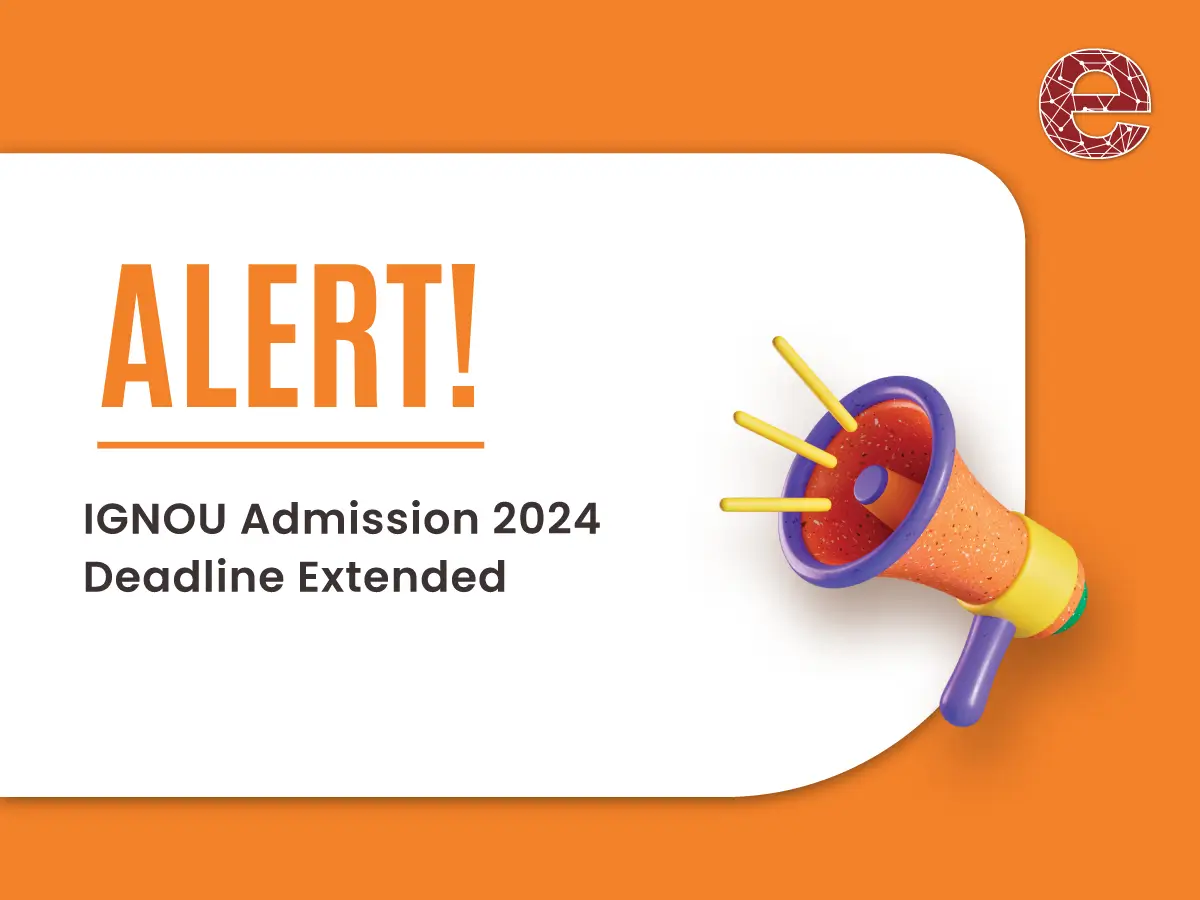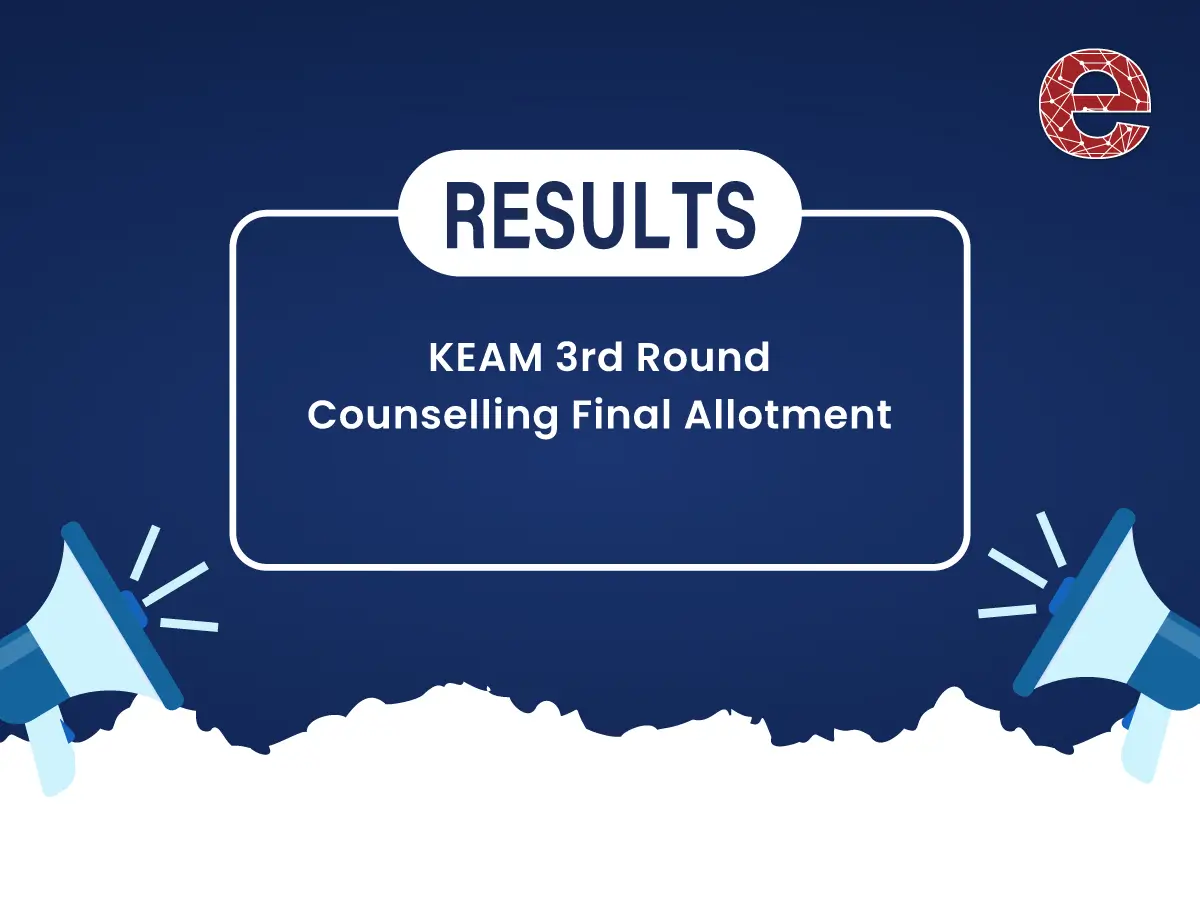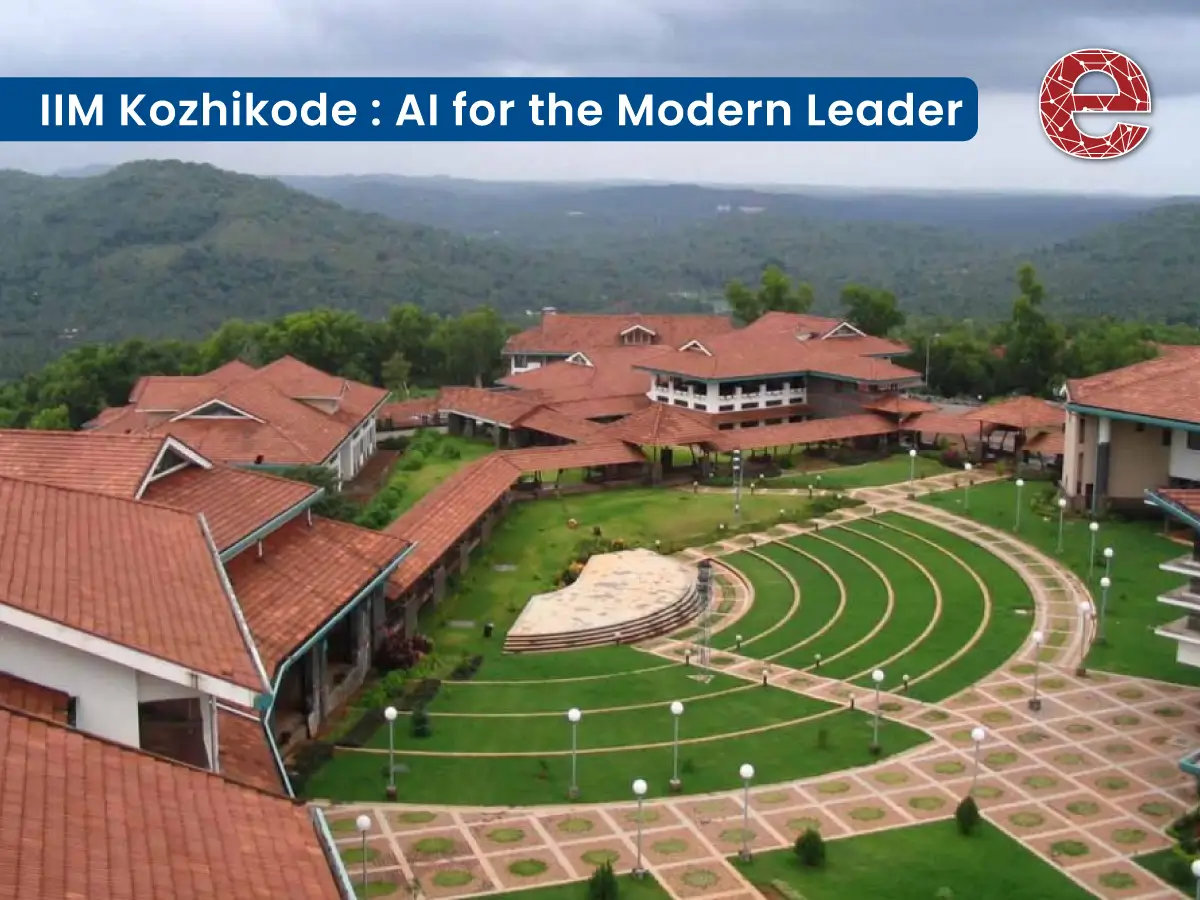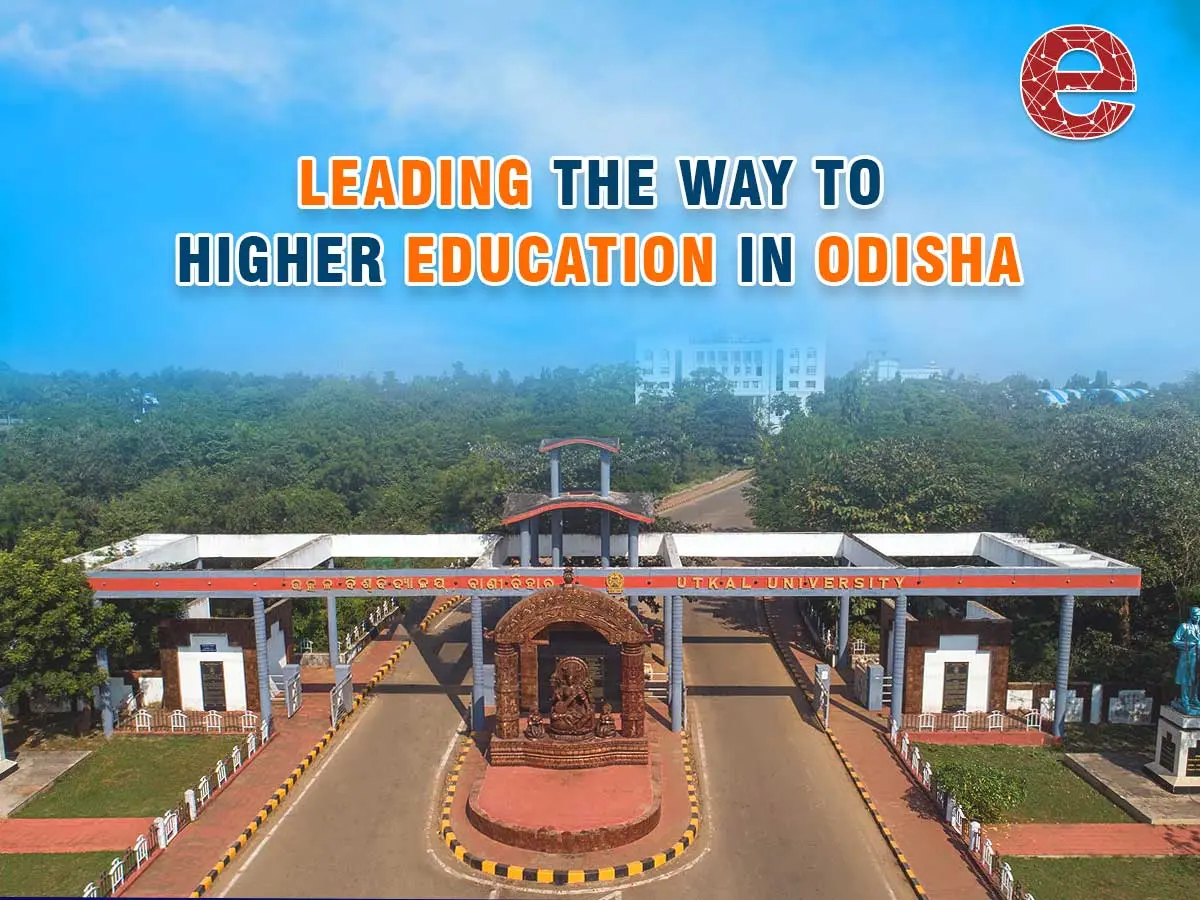What Are the Main Types of Drones Available?
Tech Updates
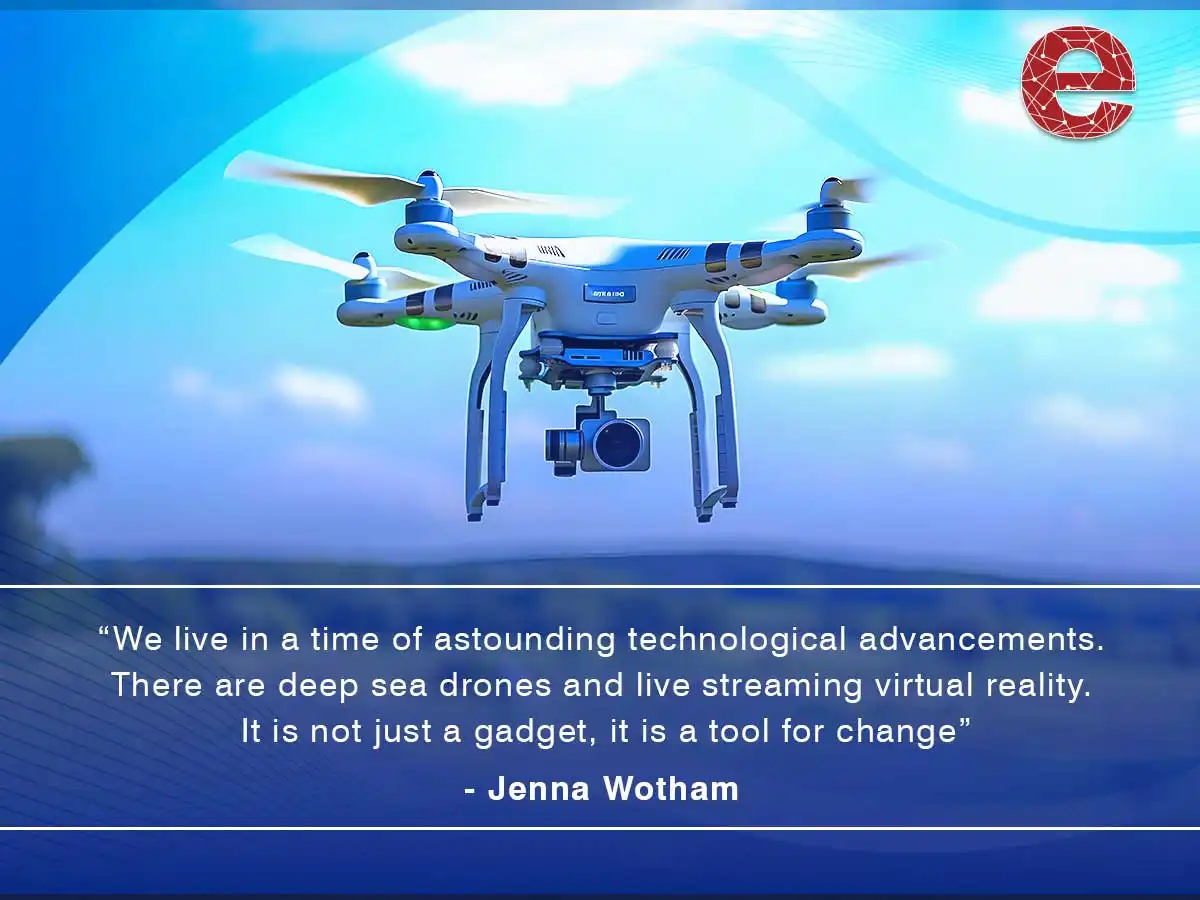
Before learning about the interesting drones, let us read a fascinating story.
Last summer, a European teen's beach excursion became nightmarish. The 14-year-old boy swam off Valencia, Spain. He suddenly struggled to float. Lifeguards noticed the youngster was in jeopardy immediately. They waited before jumping in. They started with a drone to reach the teen faster.
A pilot on the ground rapidly manoeuvred the drone over the boy and released a life vest. The teen held on until lifeguards rescued him. This spectacular rescue is only one example of drone emergency power.
What is UAV?
Drone or an Unmanned Aerial Vehicle (UAV) or, is a term used for aircraft that operate either autonomously or via remote control without a pilot onboard. These 'flying robots' are typically small to medium in size and can perform a variety of functions, including military operations, package delivery, aerial photography and videography. The ability to attach cameras and sensors to drones has aided in their increasing popularity amongst scientists and filmmakers. From film production to logistics, drones are rapidly advancing and expanding in their applications. While civilian UAVs are used for package deliveries and recreation, military drones are used for missions, survey and aerial combat.
History of Drones
The first pilotless vehicles were developed in Britain and the USA during the First World War. Britain’s Aerial Target, a small radio-controlled aircraft, was first tested in March 1917 while the American aerial torpedo known as the Kettering Bug first flew in October 1918. It's thought the term 'drone' started to be used at this time, inspired by the name of one of these models, the DH.82B Queen Bee. Reconnaissance UAVs were first deployed on a large scale in the Vietnam War. Since the 9/11 terrorist attacks, the United States in particular has significantly increased its use of drones. They are mostly used for surveillance in areas and terrains where troops are unable to safely go.
 (1)_1724411917.webp)
How Do Drones Work?
To fly, drones rely on a combination of hardware and software components. They are often equipped with rotors, propellers or fixed wings, sensors and cameras, navigation systems (GPS) and gyroscopes for stability. Some of the most critical components of drone technology are its ground control station (GCS), payload and data links. Ground control stations are the hardware and software setups that allow drone operators to communicate with a drone from the ground. The GCS can be user controlled or operated via satellites.
Types of Drones
There are several different types of drones, each tailored to the unique demands of different industries.
Multi-Rotor Drones: Multi-rotor drones have several propellers that push wind downward to vertically lift off the ground. Multi-rotor drones are probably the most accessible drones available to the public, since they are easy to control and manoeuvre during flight.
Single-Rotor Drones: Single-rotor drones look like tiny helicopters, with one central propeller attached to its frame. They can be powered by gas or electricity, and are usually used to transport heavier objects, including LiDAR systems.
Fixed-Wing Drones: Fixed-wing drones look like normal aeroplanes, where the wings provide the lift instead of rotors. Since these drones are usually much larger, they need to take off and land on runways just as aeroplanes do. Fixed-wing UAVs are used by the military to carry out strikes, by scientists to carry large amounts of equipment and even by nonprofits to deliver food and other goods to areas that are hard to reach.
Fixed-Wing Hybrid VTOL Drones: Fixed-wing hybrid vertical takeoff and landing (VTOL) drones blend the best of fixed-wing and rotary drone models — they can take off and land vertically but then fly horizontally Relying on fixed-wing hybrid VTOL drones to further cut down on delivery times while offering a more versatile flight experience.
_1724412118.webp)
Various Types of Drones
Drone companies have responded to the demand for drones in specific sectors as well. Below are some more popular types of drone technology designed for various scenarios:
Nano Drones
The size of these drones can be as small as an insect and easily fit in the palm of your hand, with dimensions between 1 and 50 cm. Because of their small size and wing design, nano drones can fly in very confined spaces and are not easily detected and are mainly used by spies to gather information on people and objects.
Photography/videography drones
There are different kinds of drone models of cameras that can record photos or videos in HD, Full HD, or 4K, with the camera mounted on a 2-axis or 3-axis nacelle for perfect image stability. They can be equipped with different features, GPS, people tracking, route programming, etc. Getting smaller and more sophisticated, it allows you to capture magnificent images from almost anywhere
Racing drones
Competitive drone or FPV racing is generally used on private and strictly regulated land and consists of obstacle courses at high speeds by flying a drone with virtual reality glasses, an activity that requires many hours of training to gain the agility and reflexes needed to control the drone. There are now a growing number of clubs that can legally engage in this hobby.
Military drones
Military drones, the origin of drones, are a completely different drone category from civilian drones. They are increasingly used in various conflicts, initially for surveillance and intelligence, but now they can be armed and become formidable weapons.
 (1)_1724412222.webp)
Uses of Drones
Drone technology has become a greater part of everyday life due to its increasing complexity. Here are a few ways drones are used today.
Drones for Photography and Videography
Drones have been a boon for photographers who use UAVs to take expensive aerial photos. There are drones made specifically for photography that provide a new way to photograph some of your favourite city skyline, beach or building from high above. The advancement in cinematography, specifically through the use of drones, over the last few decades is particularly evident in David Attenborough’s latest documentary, ‘A Life on Our Planet.’ The use of drones has given filmmakers the opportunity to capture never-before-seen images of some of the world’s most elusive animals.
Delivery Services Drones
Delivery drones are UAVs used to transport food, packages or goods to your front doorstep. These flying vehicles are known as “last mile” delivery drones because they are used to make deliveries from stores or warehouses close by. Retailers and grocery chains all over the country are turning to drones as a more efficient delivery alternative.
Search and Rescue Drones
In the case of a capsized boat or drowning individual, officials can throw an autonomous underwater vehicle into the water to assist in the rescue. If there’s an avalanche, drones are deployed to look for those caught in the snow.
Drones for Agriculture and Precision Farming
Drones have proven to be beneficial to the agriculture industry as well, presenting farmers with several ways to optimise their farms to maximise efficiency and reduce physical strain. Carrying out field surveys, seeding over fields, tracking livestock and estimating crop yield are all made easier through the use of UAVs while saving agriculture professional’s valuable time.
Wildlife Monitoring
Drones are a cheaper and more efficient alternative to wildlife conservation. Tracking wildlife populations is nearly impossible with humans on the ground. Having an eye-in-the-sky allows wildlife conservationists to track roaming groups of animals and get a better idea of the health of their species and ecosystems.
3D Modelling
LiDAR drones come outfitted with LiDAR sensors, which survey landscapes and compile in-depth data that can be used to build 3D models. Drones equipped with LiDAR can present far more accurate data than drones without the technology.
Future of Drone Technology
The global drone market is set to exceed $101 billion by 2032. While lower costs and more clear-cut regulations have made drones a viable option for individuals and businesses, technological innovation is perhaps the main driver behind the spread of drones.
Innovation in Drone Technology
Drones have become much more complex with the help of other technologies. By equipping drones with AI and machine learning. The powers known as ‘drone swarms,’ which are capable of performing light shows as an alternative to fireworks.
Enhanced drones can also make a meaningful impact in different industries:
Healthcare: Drones could assess accident and emergency scenes and share data with first responders to help them reduce their response times and save lives.
Energy: Drones could survey infrastructure and equipment, reporting any damages or flaws for engineers to fix.
Search and rescue: Drones could map out environments and predict where disasters like avalanches and rockslides could occur, keeping travellers safe.
Weather forecasting: Drones could be flown into storms, tornadoes and other severe weather events to inform forecasting and safety response practices.
Aerospace: Drones could aid in scanning other planets and celestial objects, with NASA planning to send a drone to Saturn’s moon Titan in 2028.
Challenges in Drone Technology
The very developments that have made drones more complex have also created a new set of concerns for the future of drone technology. Drones being flown in residential areas could capture private information, and the ability to instantly share this data with other drones and human operators poses another risk to data privacy. The application of drones in warfare has also ramped up, with the Russia-Ukraine war being labelled the “first full-scale drone war.” Drone weaponry could soon become even more lethal with the introduction of swarm technology.
Who is a Drone Pilot?
Drone pilots, often also referred to as UAV (Unmanned Aerial Vehicle) pilots are pivotal to the functions and application of drones across a range of diverse sectors that have embraced this technology for various beneficial purposes. They are also required to operate within strict safety guidelines and regulations, ensuring safe and responsible drone operation.
Requirements to become a drone pilot
Training drone pilots is indispensable for the safe and secure operation of UAVs in general. With a surging demand for skilled operators, comprehensive and elaborate training programmes are increasingly becoming common. These programmes undertake a wide spectrum of important areas such as flight regulations, airspace management, understanding of weather, navigation, equipment maintenance, and emergency protocols. Other than training, it also requires a commitment to continuous learning and staying updated with evolving regulations and technology in the fast-paced world of UAVs.
Advancing Drone Education in India
Laying the foundation for a sturdy educational framework for drone pilots is essential, given the rising demand for skilled professionals in this dynamic field. Aware of this trend, the Central government has undertaken several initiatives that help in catering drone pilot training and education at various institutions and organisations across the country.
There have been various Institutions in Indian drone pilot training including Directorate General of Civil Aviation (DGCA), National Skill Development Corporation (NSDC), National Institute of Electronics and Information Technology (NIELIT), IID, and various Aerospace and Aviation Institutes. This is validated by a projected demand for over 1,00,000 pilots in the coming year. The DGCA had established 23 pilot training schools in India by 2022, with plans to further expand accessibility and reduce programme costs. You can check out the Top b.tech aeronautical colleges in India that have all the latest courses allied to today's technological era.
Scope of Drone Pilot Job Roles in India:
- Agriculture: Drone pilots can work in the agriculture sector by using drones to monitor crop health, spray pesticides, and gather data to make informed decisions.
- Real estate: Drone pilots can capture aerial footage of properties and create virtual tours, which can be used by real estate companies to showcase properties to clients.
- Construction: Drone pilots can use drones to survey construction sites, monitor progress, and identify potential safety hazards.
- Cinematography: Drone pilots can work in the film industry by capturing aerial footage for movies, documentaries, and other video projects.
- Disaster management: Drone pilots can assist in disaster management efforts by using drones to survey affected areas, locate survivors, and deliver aid.
Best Drones for Photography and Videography in India
Capturing the world from above has never been easier, thanks to the remarkable advancements in drone technology. Drones have revolutionised the fields of photography and videography, providing enthusiasts and professionals with an incredible perspective that was once only accessible through expensive equipment and aircraft rentals. In India, the popularity of drones for creative purposes has been soaring, with many individuals and businesses embracing this aerial perspective to elevate their visual content.
 (1)_1724412601.webp)
DJI Mini 3 Pro
Features:
● 4K camera with 3-axis stabilisation
● Flight time of up to 30 minutes
● Foldable design for portability
Pros: Excellent camera quality, compact design, longer flight time
Cons: Slightly higher price point
 (1)_1724412654.webp)
DJI Air 3
Features:
● Dual-camera system with a 1-inch sensor and a 20MP telephoto lens
● Flight time of up to 31 minutes
● Obstacle avoidance sensors for safer flights
Pros: Advanced camera system, longer flight time, obstacle avoidance
Cons: Higher cost, slightly larger size
Drone SnotBot
Humans aren’t the only ones who benefit from drones. Animals are getting some help from the flying robots too. SnotBot is on an important and gross mission. Its job? To collect whale snot! Whales release mucus and other materials through their blowholes. That spray, sometimes called whale snot, contains key information about the animal’s health. That’s where SnotBot comes in. The drone carries a small petri dish. As it flies over the whale’s spray, it collects snot for scientists to study.
 (1)_1724412706.webp)
Conclusion
As the technology improves, drones are becoming quieter and less polluting. They have the potential to evolve and replace the current, more invasive techniques of observing wildlife. The world of photography and videography has evolved dramatically with the introduction of drones. These aerial wonders allow photographers and videographers in India to capture stunning visuals from previously unimaginable angles. Considering factors like camera quality, flight time, portability, and compliance with regulations will guide you towards the perfect drone to meet your creative needs.
Overly restrictive and indiscriminate legislation often prevents the use of drones in anti-poaching operations, with regulations prohibiting night flights, limiting the altitude drones can reach, and often restricting the distance a drone can fly from the pilot.
You can also read:
Robotics: A Game Changer for Industries
The Top AI Tools Transforming Education
- Types of Drones

